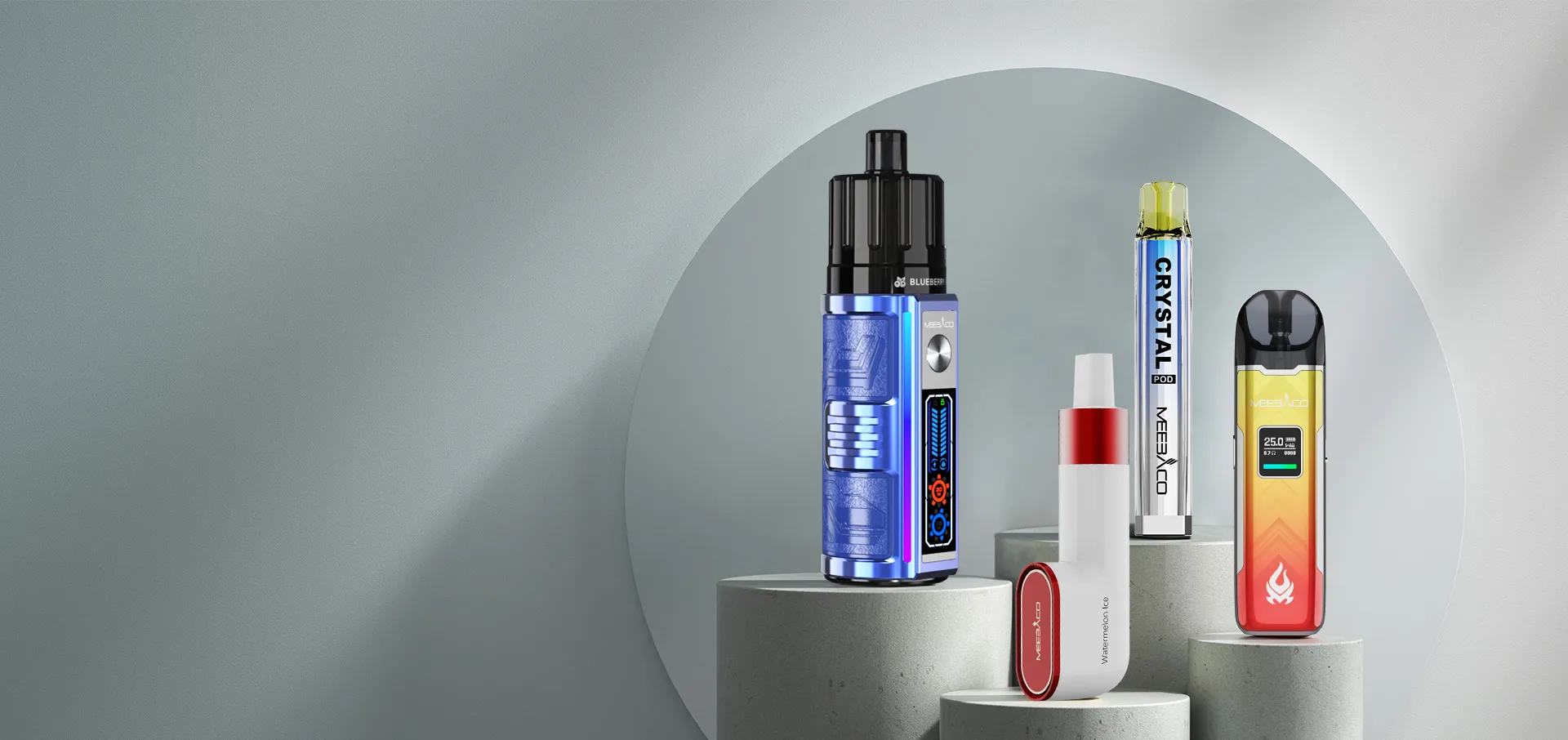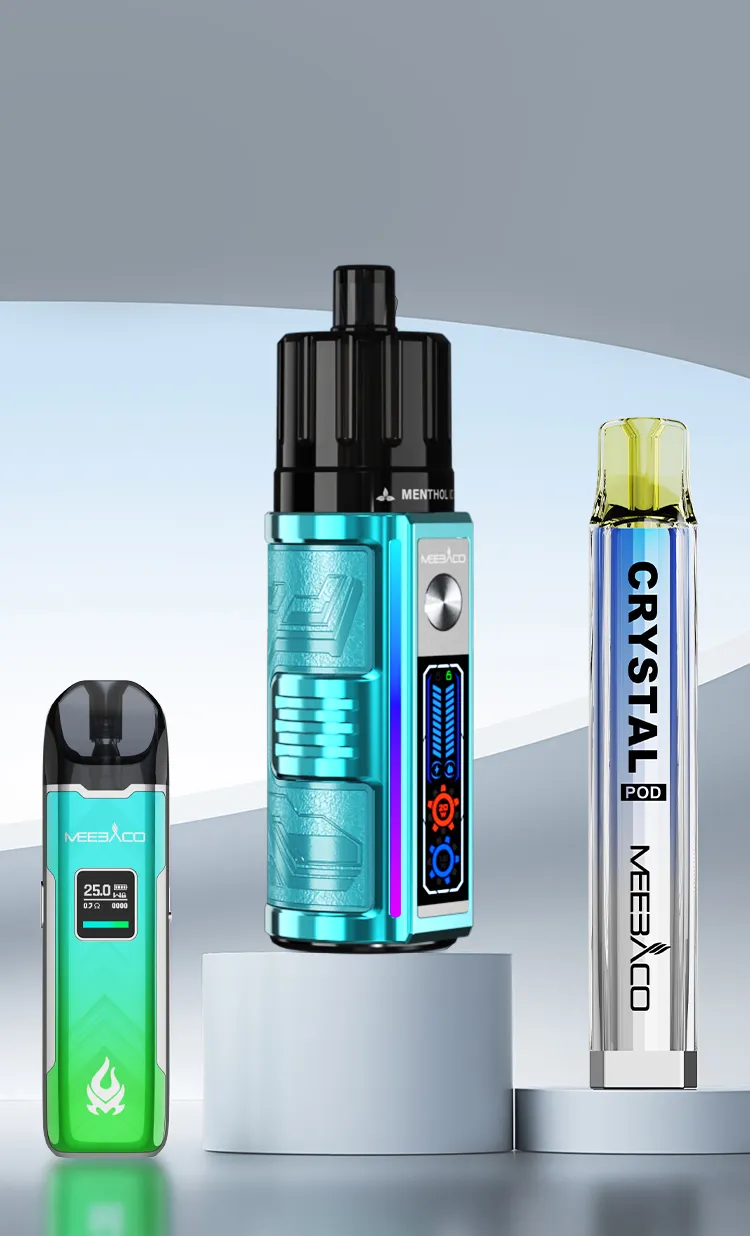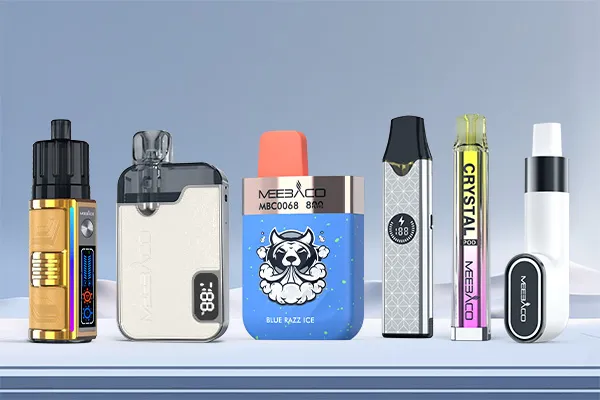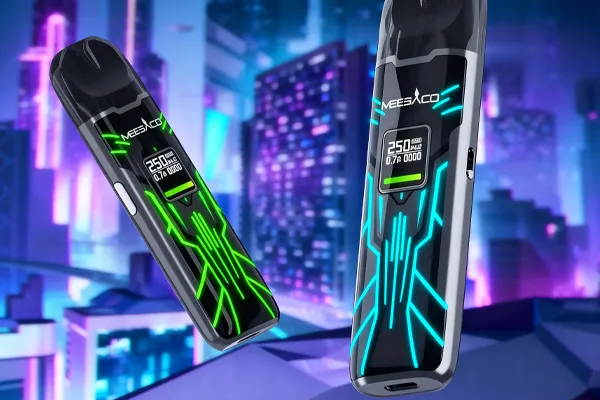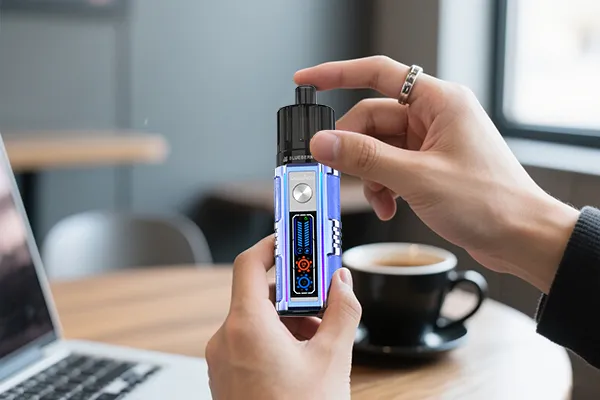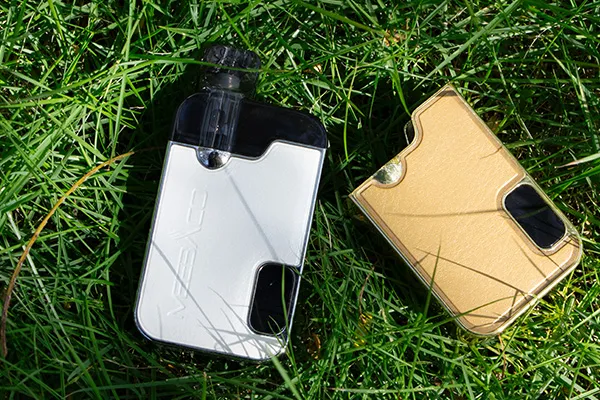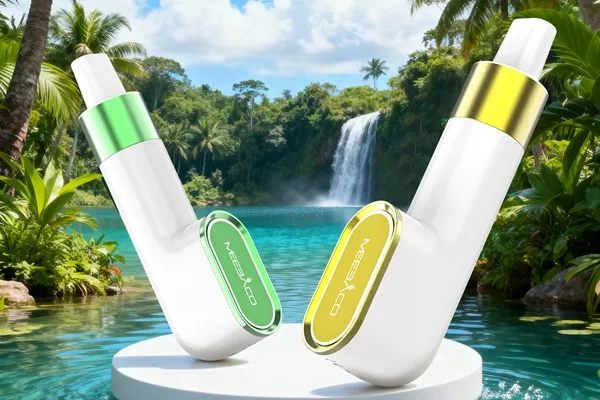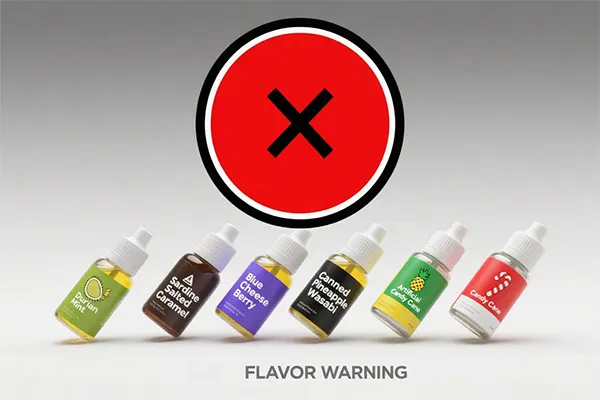You can master the latest information, new product , exhibition, promotion, etc
In the world of vaping, the pursuit of a superior experience revolves around two key aspects: the amount of vapor produced and the mouthfeel it delivers. But what lies beneath these surface-level experiences? High-quality e-cigarettes are defined by a set of core parameters that work in harmony to create that perfect puff. Let's delve into these parameters and understand how they shape your vaping journey.
Wattage and Voltage: The Power Behind the Vapor
Wattage and voltage are like the engine of an e-cigarette, directly influencing the vapor production and intensity of the mouthfeel. Wattage refers to the power output, while voltage is the electrical potential that drives the current. Most modern e-cigarettes come with adjustable wattage or voltage settings, allowing users to customize their experience.
Higher wattage generally leads to more vapor. When the wattage is increased, the heating coil reaches a higher temperature, vaporizing more e-liquid in a shorter time. This results in denser, thicker clouds that many vapers crave. However, it's a delicate balance. Too high a wattage can burn the e-liquid, leading to a harsh, unpleasant mouthfeel and even damaging the coil. On the other hand, lower wattage produces less vapor but often offers a smoother, more mellow mouthfeel,which is preferred by those who enjoy a more subtle vaping experience.
Coil Resistance: A Critical Factor in Heating
The coil is the component that heats up the e-liquid, and its resistance plays a vital role in determining how the e-cigarette performs. Coil resistance is measured in ohms (Ω), and it inversely relates to the current passing through it. Lower resistance coils allow more current, generating more heat and producing more vapor.
But coil resistance also affects the mouthfeel. Lower resistance coils heat the e-liquid quickly, which can bring out stronger flavors, but again, there's a risk of overheating. Higher resistance coils, on the other hand, heat more gently, resulting in a smoother mouthfeel with potentially more nuanced flavor notes. The type of coil material, such as kanthal, nickel, or stainless steel, also impacts resistance and heating properties, further influencing the overall experience.
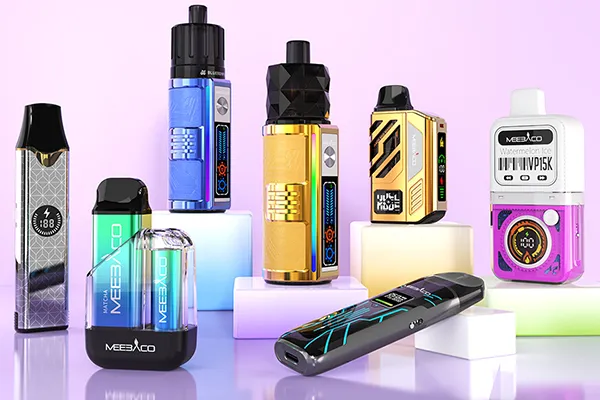
E-Liquid Ingredients: The Heart of the Mouthfeel
No discussion about e-cigarette quality is complete without mentioning the e-liquid. Its ingredients are the primary source of both flavor and mouthfeel. The main components of e-liquid are propylene glycol (PG), vegetable glycerin (VG), nicotine (optional), and flavorings.
PG is known for carrying flavor well and providing a throat hit, which mimics the sensation of smoking traditional cigarettes. VG, on the other hand, is thicker and produces more vapor, contributing to a smoother mouthfeel. The ratio of PG to VG in the e-liquid is a key parameter. A higher PG ratio (e.g., 70% PG / 30% VG) offers stronger flavor and a more pronounced throat hit, while a higher VG ratio (e.g., 30% PG / 70% VG) results in more vapor and a smoother, less harsh mouthfeel.
Flavorings are another crucial aspect. High-quality e-liquids use food-grade flavorings that are carefully blended to create rich, authentic tastes. The concentration and quality of these flavorings directly affect how enjoyable the vaping experience is. Whether you prefer fruity, dessert, or tobacco flavors, the right combination of flavorings can make all the difference.
Airflow: Controlling the Draw
Airflow is a parameter that often goes unnoticed but has a significant impact on both vapor production and mouthfeel. The airflow system in an e-cigarette controls the amount of air that mixes with the vapor as you inhale. More airflow means a cooler, less dense vapor with a smoother draw, while less airflow results in a warmer, denser vapor with a stronger throat hit.
Adjustable airflow systems allow users to fine-tune their experience. For example, those who like large clouds might open up the airflow to maximize vapor production, while others who prefer a tighter draw similar to a traditional cigarette can restrict the airflow. The airflow also interacts with the coil and e-liquid, affecting how the heat is distributed and how the flavors are released.
Battery Capacity: Sustaining the Experience
A high-quality e-cigarette needs a reliable battery to power its performance. Battery capacity, measured in milliampere-hours (mAh), determines how long the device can last between charges. A larger battery capacity means longer vaping sessions without interruption, which is especially important for heavy vapers or those who are on the go.
But battery quality is just as important as capacity. High-quality batteries have stable discharge rates, ensuring consistent power output throughout their charge. This consistency helps maintain the same vapor production and mouthfeel from the first puff to the last, avoiding the fluctuations that can occur with lower-quality batteries.
In conclusion, high-quality e-cigarettes are the result of a careful balance of several core parameters. From wattage and coil resistance to e-liquid ingredients, airflow, and battery capacity, each parameter plays a unique role in shaping the vapor production and mouthfeel. By understanding these parameters, you can make more informed choices when selecting an e-cigarette, ensuring that you get the perfect vaping experience tailored to your preferences.


